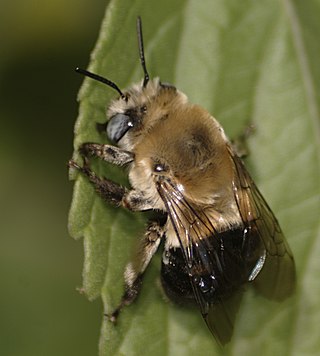
Montana is a state in the Mountain West division of the Western United States. It is bordered by Idaho to the west, North Dakota and South Dakota to the east, Wyoming to the south, and the Canadian provinces of Alberta, British Columbia, and Saskatchewan to the north. It is the fourth-largest state by area, the eighth-least populous state, and the third-least densely populated state. Its state capital is Helena, while the largest city is Billings. The western half of Montana contains numerous mountain ranges, while the eastern half is characterized by western prairie terrain and badlands, with smaller mountain ranges found throughout the state.

Missoula County is located in the State of Montana. As of the 2020 census, the population was 117,922, making it Montana's third-most populous county. Its county seat and largest city is Missoula. The county was founded in 1860.

Glacier National Park is an American national park located in northwestern Montana, on the Canada–United States border, adjacent to the Canadian provinces of Alberta and British Columbia. The park encompasses more than 1 million acres (4,000 km2) and includes parts of two mountain ranges, more than 130 named lakes, more than 1,000 different species of plants, and hundreds of species of animals. This vast pristine ecosystem is the centerpiece of what has been referred to as the "Crown of the Continent Ecosystem," a region of protected land encompassing 16,000 sq mi (41,000 km2).

Wild Horse Island, approximately 2,164 acres (876 ha) in size, is the largest island on Flathead Lake, the largest freshwater lake in Montana. Protected as a state park since 1977, the island near Big Arm Bay is home to abundant wildlife including bighorn sheep, mule deer, waterfowl, and bald eagles. It is managed by Montana Fish, Wildlife & Parks and lies within both the Flathead Indian Reservation and Lake County, Montana.

Dactylolabis is a genus of crane flies in the family Limoniidae. It is placed in its own subfamily, Dactylolabinae. Dactylolabis contains the following species:
D. carbonaria may refer to:
Sphaerium beckmani is an extinct species of fossil freshwater pea clams from the Late Cretaceous deposits of North America. This species was first described by the American paleontologist Loris Shano Russell in 1976. The specimens were collected by the American paleontologist Karl M. Waage from 1961 to 1962 from the Hell Creek Formation of eastern Montana. The locality is dated to the late Maastrichtian Age.

Dactylolabis sexmaculata is a Palearctic species of cranefly in the family Limoniidae. It is found in a wide range of habitats and micro habitats: in earth rich in humus, in swamps and marshes, in leaf litter and in wet spots in woods.

Hexatomini is a tribe of limoniid crane flies in the family Limoniidae. There are about 16 genera and at least 250 described species in Hexatomini.

Anthophora montana is a species of anthophorine bee in the family Apidae. It is found in Central America and North America.

Lycaena editha, known generally as the Edith's copper or great gray copper, is a species of copper in the butterfly family Lycaenidae. It is found in North America.

Apheloria montana is a species of flat-backed millipede in the family Xystodesmidae. It is found in North America.
Dactylolabis vestigipennis is a species of limoniid crane fly in the family Limoniidae.
Ectrepesthoneura is a genus of fungus gnats in the family Mycetophilidae. There are more than 20 described species in Ectrepesthoneura.

Rhionaeschna californica, the California darner, is a species of darner in the dragonfly family Aeshnidae. It is found in Central America and North America. And prefers habitats like lakes, ponds, marshes and stream pools with edge vegetation including many with alkaline water conditions Larvae sustain themselves on a diet of aquatic insects,very small fish and tadpoles. The adult-stage will eat almost any soft-bodied flying insect.
Tally Lake is a freshwater lake located in Flathead County, Montana in the northwestern region of the United States. The lake is about 20 miles west of the town of Whitefish. It is a popular lake for recreational activities including fishing, boating, swimming and cliff jumping, and hiking on the surrounding trails, and is notable for its great depth and unusual geology. The lake's surface area is over 1200 acres. The lake is located at roughly 3,500 feet above sea level. It is about 445 feet deep at its deepest point, making it the deepest lake in Montana and the deepest natural lake. Despite its large volume, the lake tends to be warm in late summer because its waters are darkly colored due to high levels of tannins. These cause the lake to absorb and retain more heat than comparatively clearer bodies of water in the region.

The COVID-19 pandemic was confirmed to have reached the U.S. state of Montana on March 14, 2020. As of June 4, 2021, the Montana Department of Public Health and Human Services (MDPHHS) has reported 112,260 positive cases and 1,632 deaths in the state.













